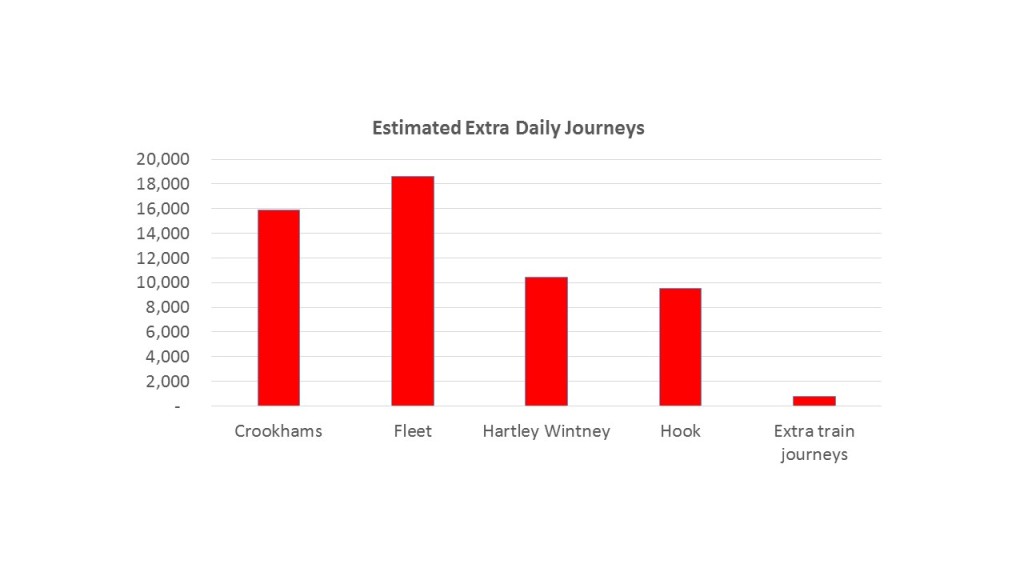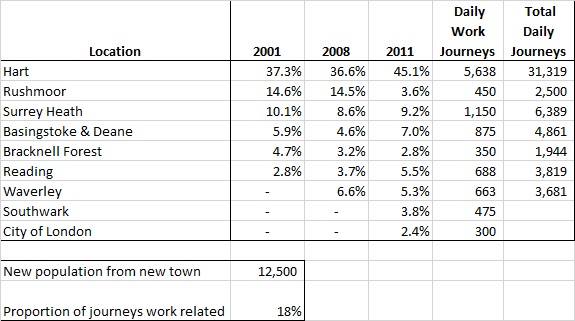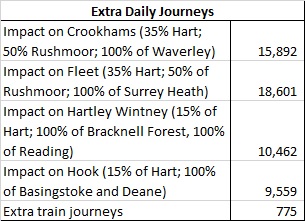A recent highly critical interim report from the inspector of County Durham’s local plan demonstrates we can win the We Heart Hart campaign against Hart District Council’s Local Plan.
The Durham report has a number of interesting points:
- The Objectively Assessed Need (OAHN) has been found too high because it was based on unrealistic jobs growth and inward migration assumptions. This finding is relevant to Hart District, Hampshire because our Strategic Housing Market Assessment (SHMA) relies upon inward migration numbers from the time we were building the most and on jobs growth assumptions that are nearly double those achieved in the boom times of 1998-2008.
- County Durham carried out a very extensive consultation process, but they were criticised for demonstrating “little evidence of willingness to respond positively to contrary views or to simplify the process to encourage genuine public engagement”. It seems that despite having a wide ranging consultation process, the Local Plan failed. Given that Hart is carrying out less consultation than Durham, even less than it originally said it would, and seems impervious to suggestions of focusing more strongly on brownfield sites, then this would seem to be a significant risk to the current Hart District Local Plan.
- Finally one consultee said “that a comparison should have been made with alternatives such as a ‘moderate growth’ alternative accommodated on brownfield sites….The Council has dismissed such an alternative which seems to me to have significantly diminished the credibility of the SA”. Again the significance for Hart is obvious in that Hart has refused to consider seriously an alternative solution of building higher density developments on the many vacant brownfield sites in the district.
If you would like to join our campaign to get Hart to think again, then please sign and share our petition:



